This recipe has been a long time coming. It is a Ghanaian classic and it’s one of the Ghanaian recipes I learned to make when I went vegan for many reasons. 1) it was incredibly nutritious and 2) it was incredibly tasty. I mean these are all qualities many Ghanaian recipes have.
What is Kontomire Stew
Kontomire stew is one of the two components of an Akan classic: Ampesi. The key component is the kontomire leaves, which are cocoyams/taro leaves. It looks like a cross of collard greens and squash leaves, specifically it has the colour of collard greens but the shape of squash leaves. (I hope you are getting what I mean). It is the staple greens in Ghana and it is the key ingredient in this recipe, and honestly, one of the nutritious backbone of this recipe. It is full of iron, vitamin A, C and potassium.
Kontomire stew can take on many forms. In the Asante culture (my tribe) we have a simple version called abomu which is steamed cocoyam leaves grinded with onions, pepper, tomato and topped with palm nut oil. But then we also have this particular version which is a tomato based stew with grinded bitter melon seeds, called egusi. This version is eaten extensively in Ghana with something very similar (egusi soup) in Nigeria
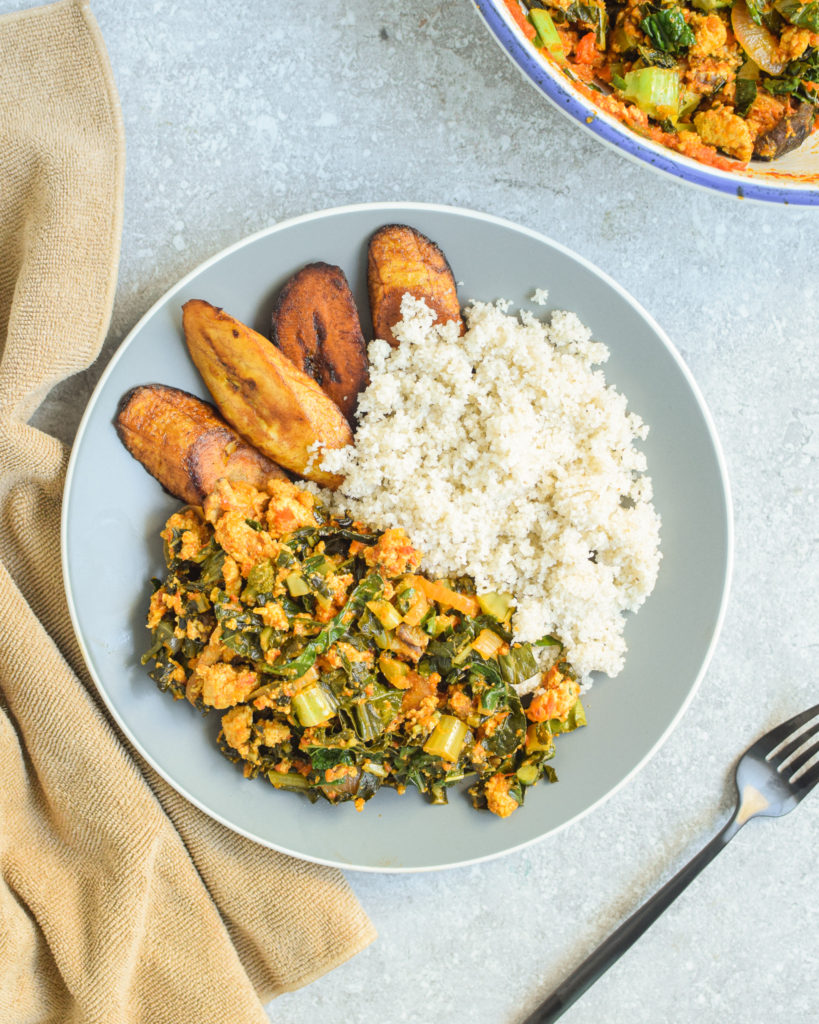
The other key ingredient in this stew is the bitter melon seeds, which we call egusi. Do not confuse the bitter melon with the Asian variety. Melons are indigenous to tropical Africa and are full of edible seeds that we dry, deshell and use for a variety of recipes. It is the West African version of chia or flax seeds in the sense that it is an indigenous source of omega 3s as well as healthy fats, nutrients and protein (not similar to chia or flax seeds in their consistencies). It is also a great egg replacer when it comes making vegan egg recipes.
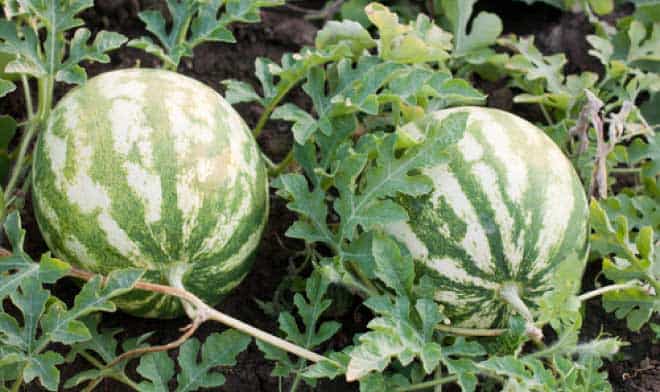
What you will need for this recipe
- Aromatics: Onions, Tomatoes, Ginger and Scotch Bonnet pepper are essential to any Ghanaian food REGARDLESS of whether it has meat in it or not. You cannot skip any of these ingredients, except the scotch bonnet pepper because its just spicy and if you can’t handle spice, it is not for you
- Egusi: Bitter melon seeds. For this recipe you will need the powdered version. If you live in Canada, you can source this from this link (click here). But you can always find this at your local African supermarket. DO NOT substitute with squash or pumpkin seeds. They are not the same
- Greens: So if you are in Ghana, you can use one large bunch of cocoyam leaves/kontomire. But if you are not in Ghana, you can use a variety of options: spinach (not baby because it will wilt a lot) and collard greens work well. I used one large bunch of kale for this specific recipe because it was on sale the week I made this recipe.
- Mushrooms: This is optional but I love adding mushrooms in my stews to add a nice meaty flavour without the meat.
- Tofu: This adds more plant-based protein and blends seamlessly into the stew.
- Palm Nut Oil: It adds extra flavour to the recipe but you can choose what ever oil you want
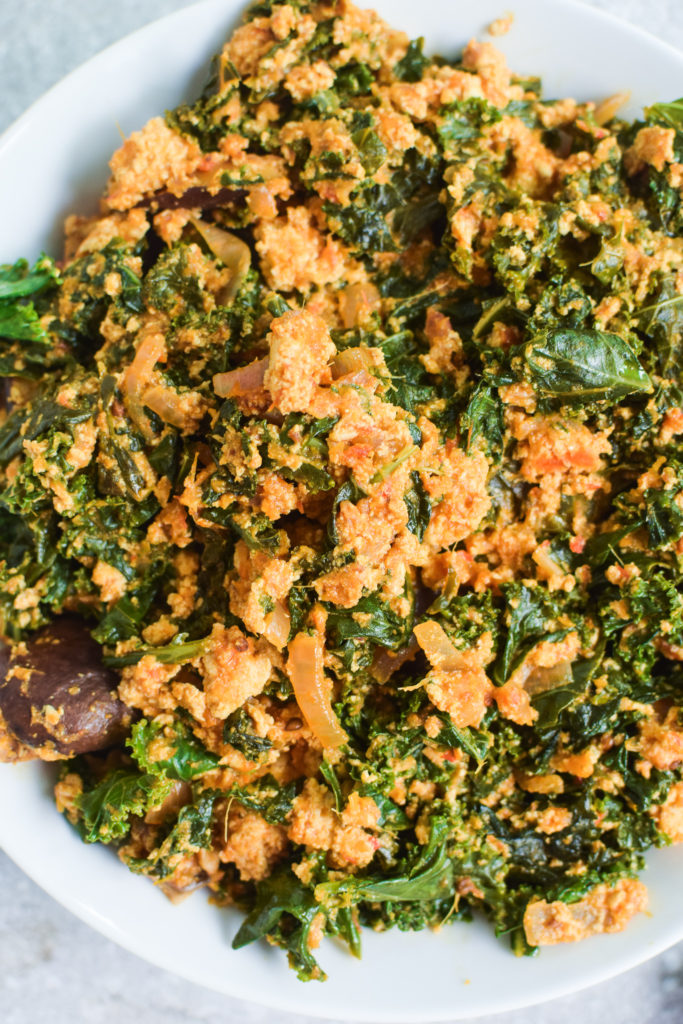
How to make Kontomire Stew
- Sauté chopped onions in the oil
- Fry the tomato paste for a few minutes
- Add the blended onion, tomato, ginger, garlic and pepper
- Let the sauce cook down
- Meanwhile mix the ground melon seeds with water and salt to make a paste.
- Crumble in the Tofu.
- Scoop the Egusi into the stew after it has reduced
- Once the Egusi has cooked through, add the chopped greens
How to Eat Kontomire Stew
- I grew up eating kontomire stew with boiled sweet plantain or yam. If you want to cook perfect plantains, check out my blog post on plantains (click here). To cook the perfect west african yam, check this blog post (click here)
- You can also eat it with rice
- I have been enjoying it with fonio too and it is absolutely lovely. I have a blog post on cooking fonio (click here)
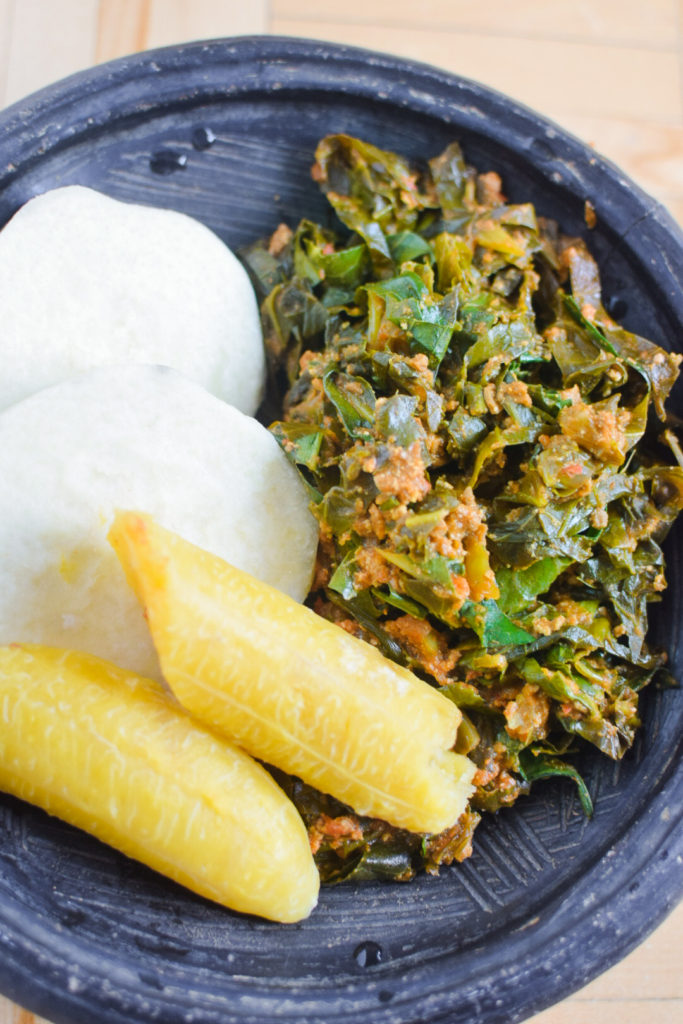
Vegan Kontomire/Egusi Stew
Ingredients
- 2 small onions (1 finely chopped, 1 roughly chopped)
- 2 to 3 garlic cloves
- 1/3 scotch bonnet or habanero pepper
- 1 thumb size of ginger
- 2 tomatoes
- 2 tbsp tomato paste
- 2 tbsp palm oil
- 1 tsp curry powder
- 1/2 tsp each garlic and onion powder
- 1/2 tsp anise seeds
- 1/2 tsp coriander seeds
- 2 tsp of veggie bouillon paste (I use better than bouillon)
- 1 cup egusi whole
- 1/2 block of firm tofu
- 2/3 cup of water
- salt to taste
- 1 packet of frozen spinach thawed
Instructions
In a pot, heat the red palm oil
Sauté the chopped onions in the hot oil till soft
Once the onions are soft, add the tomato paste and let it fry for a few minutes. If the sauce is getting dry, add a few tablespoons of water
While the tomato paste is frying, blend the tomatoes, roughly chopped onion, ginger, scotch bonnet pepper and garlic in about 1/3 cup of water
After 5 minutes, add the blended tomato mixture and let the sauce cook down for 10 mins
Add the spices and let the sauce cook for another ten minutes
While the sauce is cooking down, mix together the egusi, a pinch of salt and 1/3 cup of water
When the stew cooks down (the oil starts to separate), crumble in the tofu.
Then, scoop in 1tbsp dollops of the egusi into stew. Lower the heat down, cover the stew and let it cook for 6-10mins
As the stew is cooking, prep your veggies by microwaving for a minute to make sure the greens are thawed and then squeeze out the excess liquid
Once the dollops of egusi have cooked through, you can start to slowly break it up a bit into the rest of the stew. But still do leave chunks in the stew
Once the egusi has been broken apart, add in the greens. Turn the heat to low and fold in the greens. If you are using cocoyam leaves, you need to cook it at least for 20 mins at low heat to make sure it is well cooked and the stew doesn't burn other wise your throat will be itchy.
Notes
* can substitute with about 3 bunches of regular spinach, 1 large bunch of collard green finely minced or 1-2 large bunches of black kale. I like having a lot of green in my stew so I use a lot, but I do know people who prefer it to be saucy
Pin the Recipe for later
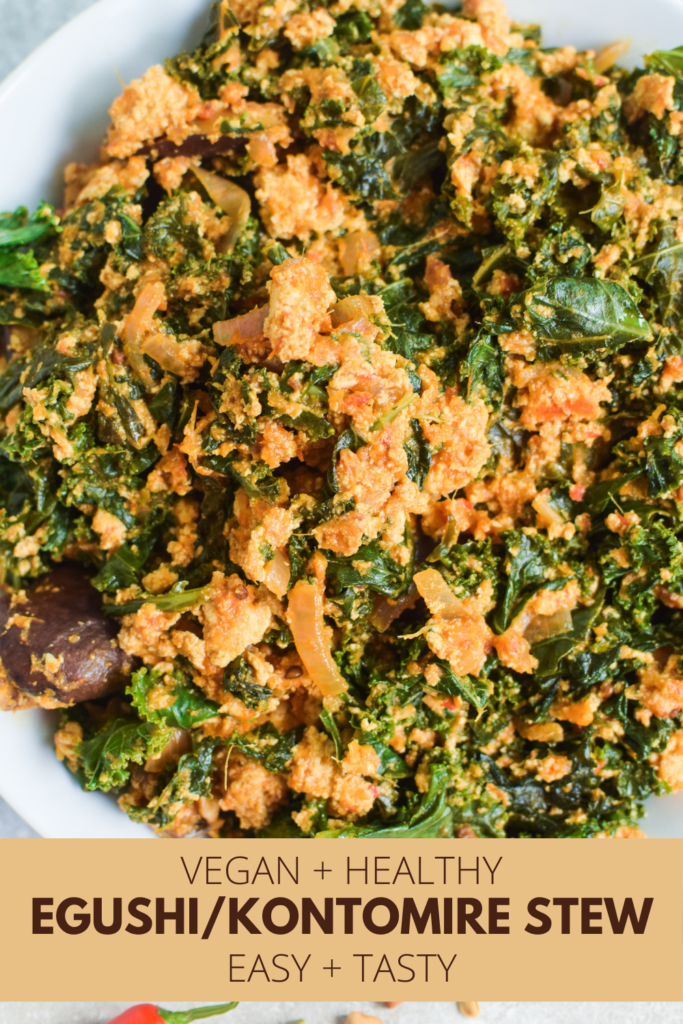

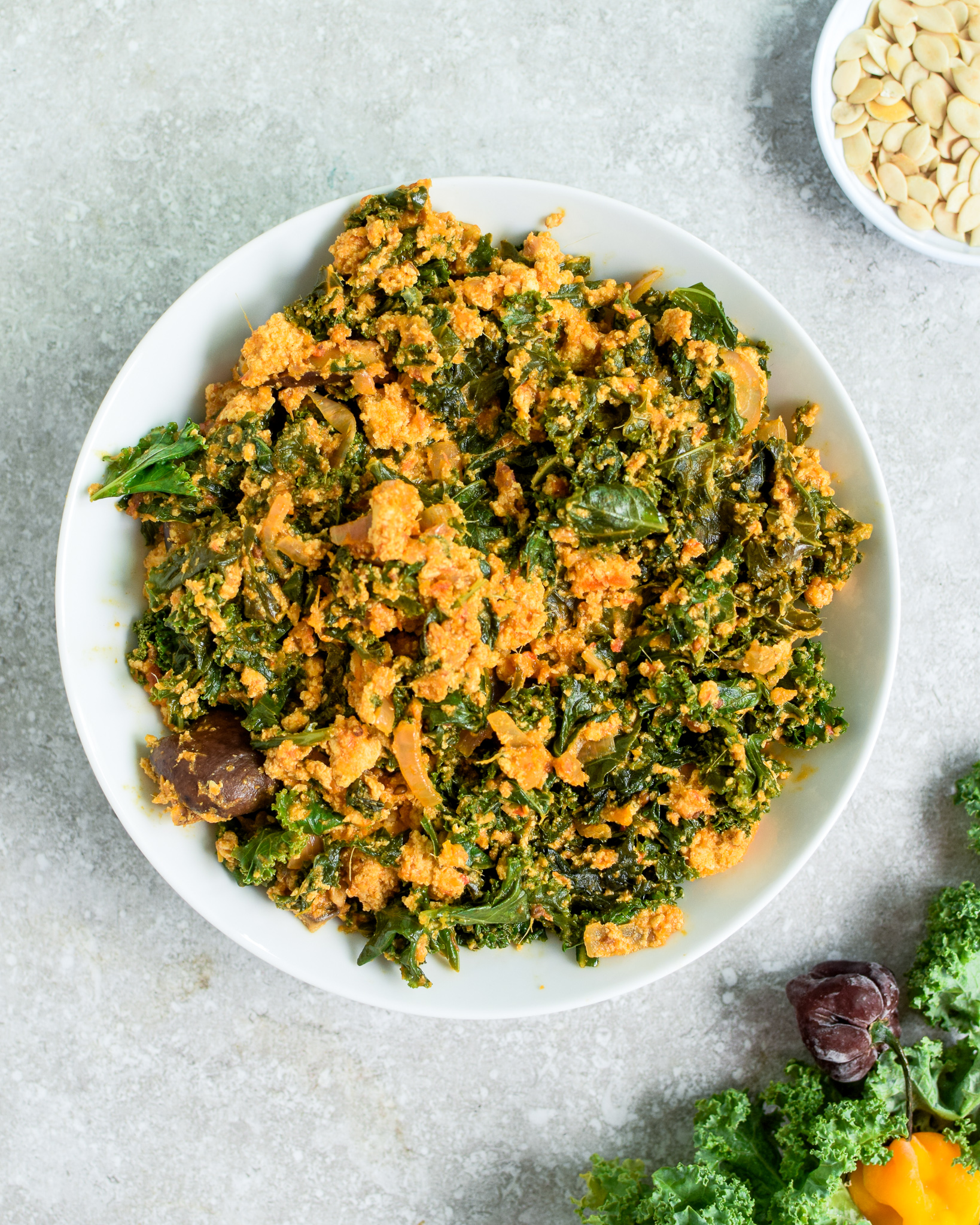
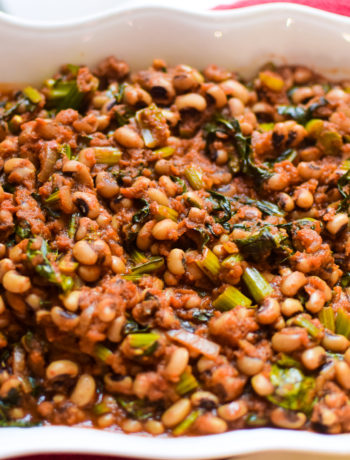
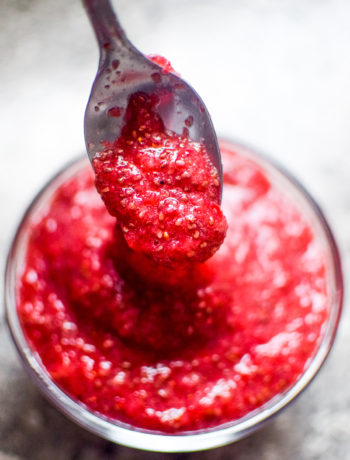
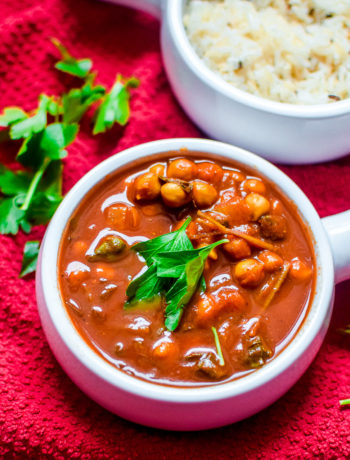
24 Comments
Vicky
November 18, 2020 at 6:48 pmTried this recipe today and it’s great, I’ve never used egusi before but it was easy! I used black kale as I’m not sure where to get taro leaves in the UK. The sauce was really flavourful and the egusi makes it filling and satisfying.
Anne M Brobby
December 8, 2020 at 3:05 amThank you so much for creating this vegan version of Kontomire. I have enjoyed eating this when my mother-in-law prepared it but I never watched her make it. I made this today after purchasing a few ingredients that I didn’t have and was so excited to get home and get started. I printed out the recipe and began cooking. But I noticed that the printed version omits when to add the scotch bonnet (I assume it’s when the tomatoes, onion, garlic, etc… are blended) nor does it mention when to add the Anise seeds. Could you please send me an amended version that includes in which steps these two ingredients are to be included? Thank you. Anne Brobby
An Introduction to Ghanaian Food - The Canadian African
June 26, 2021 at 5:50 pm[…] for very popular dishes in the forest regions. Many people know nkontomire stew or palava sauce (click here for recipe) which is a cocoyam leaf stew cooked with red palm oil, tomatoes and agushie. In the Ashanti […]
Murray
July 7, 2021 at 2:52 amWhen you write “2/3 garlic cloves” does that mean 2 or 3 garlic cloves, or 67% of a garlic clove? Same question for “1/3 scotch bonnet”.
Thanks!
thecanadianafrican
July 13, 2021 at 6:09 amthanks for bringing this up. I have adjusted the recipe accordingly. It is 2 to 3 cloves of garlic and 1/3 of a scotch bonnet pepper
Connecting With West Africa’s Plant-Based Past - News Concerns
December 14, 2021 at 10:37 pm[…] three), and often served at holiday celebrations; gizdodo, a chicken gizzard and plantain dish; and kontomire stew, a melon seed soup made with cocoyam leaves, hasn’t created the kind of culinary gap one might […]
Connecting With West Africa’s Plant-Based Past - yourstelecast
December 14, 2021 at 10:41 pm[…] three), and often served at holiday celebrations; gizdodo, a chicken gizzard and plantain dish; and kontomire stew, a melon seed soup made with cocoyam leaves, hasn’t created the kind of culinary gap one might […]
Connecting With West Africa’s Plant-Based Past – BlackNewsReel.com
December 14, 2021 at 10:48 pm[…] three), and often served at holiday celebrations; gizdodo, a chicken gizzard and plantain dish; and kontomire stew, a melon seed soup made with cocoyam leaves, hasn’t created the kind of culinary gap one might […]
Connecting With West Africa’s Plant-Based Past - News Innings
December 14, 2021 at 11:00 pm[…] three), and often served at holiday celebrations; gizdodo, a chicken gizzard and plantain dish; and kontomire stew, a melon seed soup made with cocoyam leaves, hasn’t created the kind of culinary gap one might […]
Connecting With West Africa’s Plant-Based Past - Verve times
December 14, 2021 at 11:03 pm[…] three), and often served at holiday celebrations; gizdodo, a chicken gizzard and plantain dish; and kontomire stew, a melon seed soup made with cocoyam leaves, hasn’t created the kind of culinary gap one might […]
Connecting With West Africa’s Plant-Based Past – OlyaBrand
December 15, 2021 at 3:17 am[…] three), and often served at holiday celebrations; gizdodo, a chicken gizzard and plantain dish; and kontomire stew, a melon seed soup made with cocoyam leaves, hasn’t created the kind of culinary gap one might […]
Connecting With West Africa’s Plant-Based Past RIFTV | Sports news | Major Leagues RIFTV
December 19, 2021 at 4:49 am[…] three), and often served at holiday celebrations; gizdodo, a chicken gizzard and plantain dish; and kontomire stew, a melon seed soup made with cocoyam leaves, hasn’t created the kind of culinary gap one might […]
Connecting With West Africa’s Plant-Primarily based Previous - JE Guru
December 19, 2021 at 4:59 am[…] and sometimes served at vacation celebrations; gizdodo, a rooster gizzard and plantain dish; and kontomire stew, a melon seed soup made with cocoyam leaves, hasn’t created the form of culinary hole one may […]
Connecting With West Africa’s Plant-Based Past - The Habari News New York
December 19, 2021 at 5:21 am[…] three), and often served at holiday celebrations; gizdodo, a chicken gizzard and plantain dish; and kontomire stew, a melon seed soup made with cocoyam leaves, hasn’t created the kind of culinary gap one […]
Connecting with the West African plant-based past - News Express 24
December 19, 2021 at 5:27 am[…] and are often served at Christmas celebrations; gizdodo, a plate of chicken and banana gizzard; Y kontomire stew, a melon seed soup made with cocoyam leaves, hasn’t created the kind of culinary breakthrough […]
Connecting With West Africa’s Plant-Primarily based Previous - Times US
December 19, 2021 at 5:44 am[…] and sometimes served at vacation celebrations; gizdodo, a hen gizzard and plantain dish; and kontomire stew, a melon seed soup made with cocoyam leaves, hasn’t created the type of culinary hole one may […]
Connecting With West Africa’s Plant-Based Past - ApkNewz.Com
December 19, 2021 at 6:01 am[…] three), and often served at holiday celebrations; gizdodo, a chicken gizzard and plantain dish; and kontomire stew, a melon seed soup made with cocoyam leaves, hasn’t created the kind of culinary gap one might […]
Connecting With West Africa’s Plant-Based Past – Breaking and Latest News
December 19, 2021 at 6:43 am[…] three), and often served at holiday celebrations; gizdodo, a chicken gizzard and plantain dish; and kontomire stew, a melon seed soup made with cocoyam leaves, hasn’t created the kind of culinary gap one might […]
Connecting With West Africa’s Plant-Based Past - International News
December 19, 2021 at 2:34 pm[…] three), and often served at holiday celebrations; gizdodo, a chicken gizzard and plantain dish; and kontomire stew, a melon seed soup made with cocoyam leaves, hasn’t created the kind of culinary gap one might […]
Connecting With West Africa’s Plant-Based Past - kbwhats
January 9, 2022 at 8:29 pm[…] three), and often served on holiday season; gizdodo, a dish of chicken and plantain gizzard; and kontomire stew, a melon seed soup made from cocoyam leaves, hasn’t created the kind of culinary gap one […]
How to Cook Yam - The Canadian African
August 26, 2022 at 7:47 pm[…] Kontomire Stew […]
Connecting With West Africa’s Plant-Based Past - The New York Times - Which way Nigeria - Breaking News
November 20, 2022 at 5:56 am[…] three), and often served at holiday celebrations; gizdodo, a chicken gizzard and plantain dish; and kontomire stew, a melon seed soup made with cocoyam leaves, hasn’t created the kind of culinary gap one might […]
zelma
December 14, 2022 at 4:46 amWaiting patiently for you to come home and fuck me! https://bit.ly/3UKFVxa
Vegetarian Egusi Soup - The Canadian African
December 22, 2022 at 12:56 am[…] There are many renditions of this stew across West Africa. If you want to check out the Ghanaian version, please click here. […]